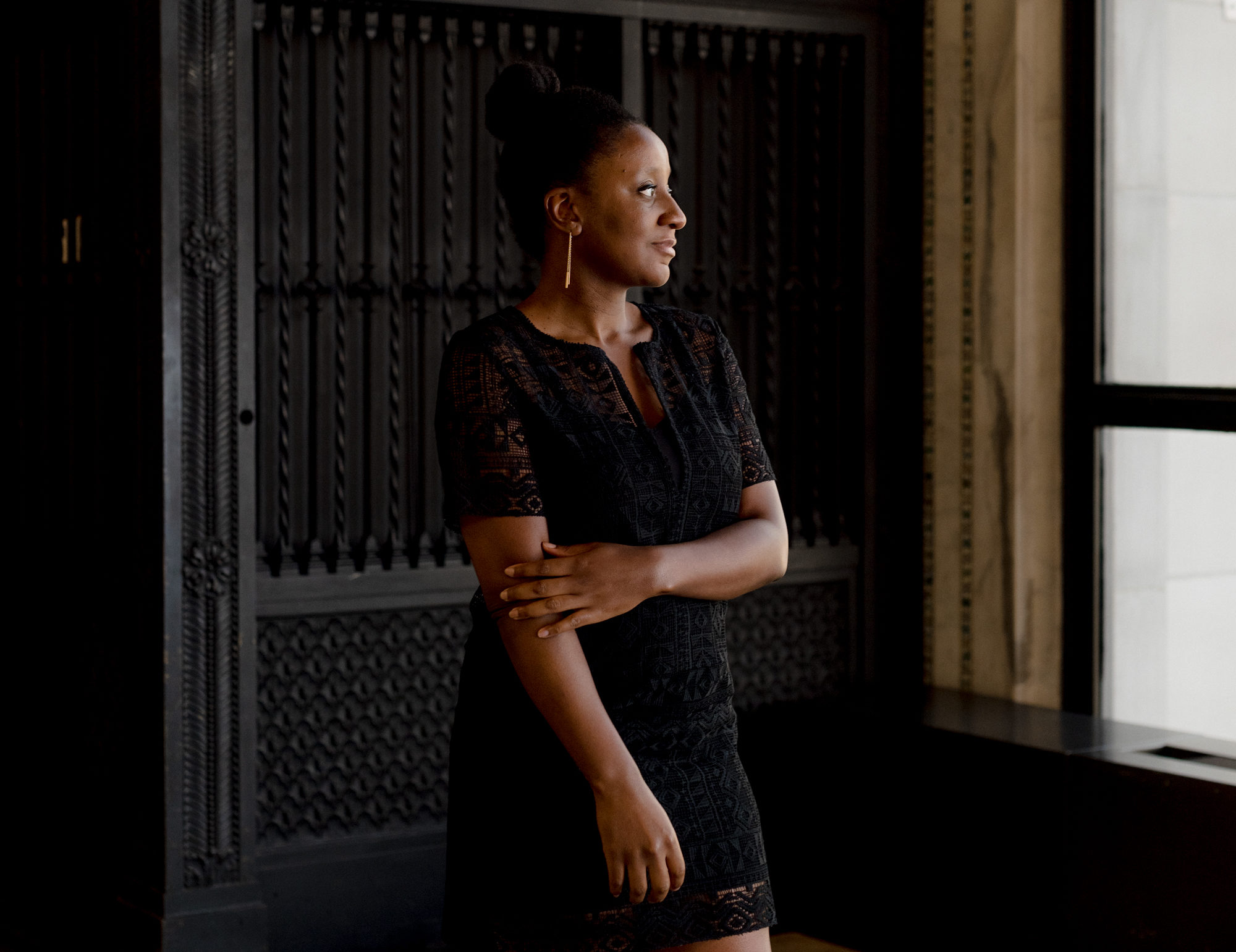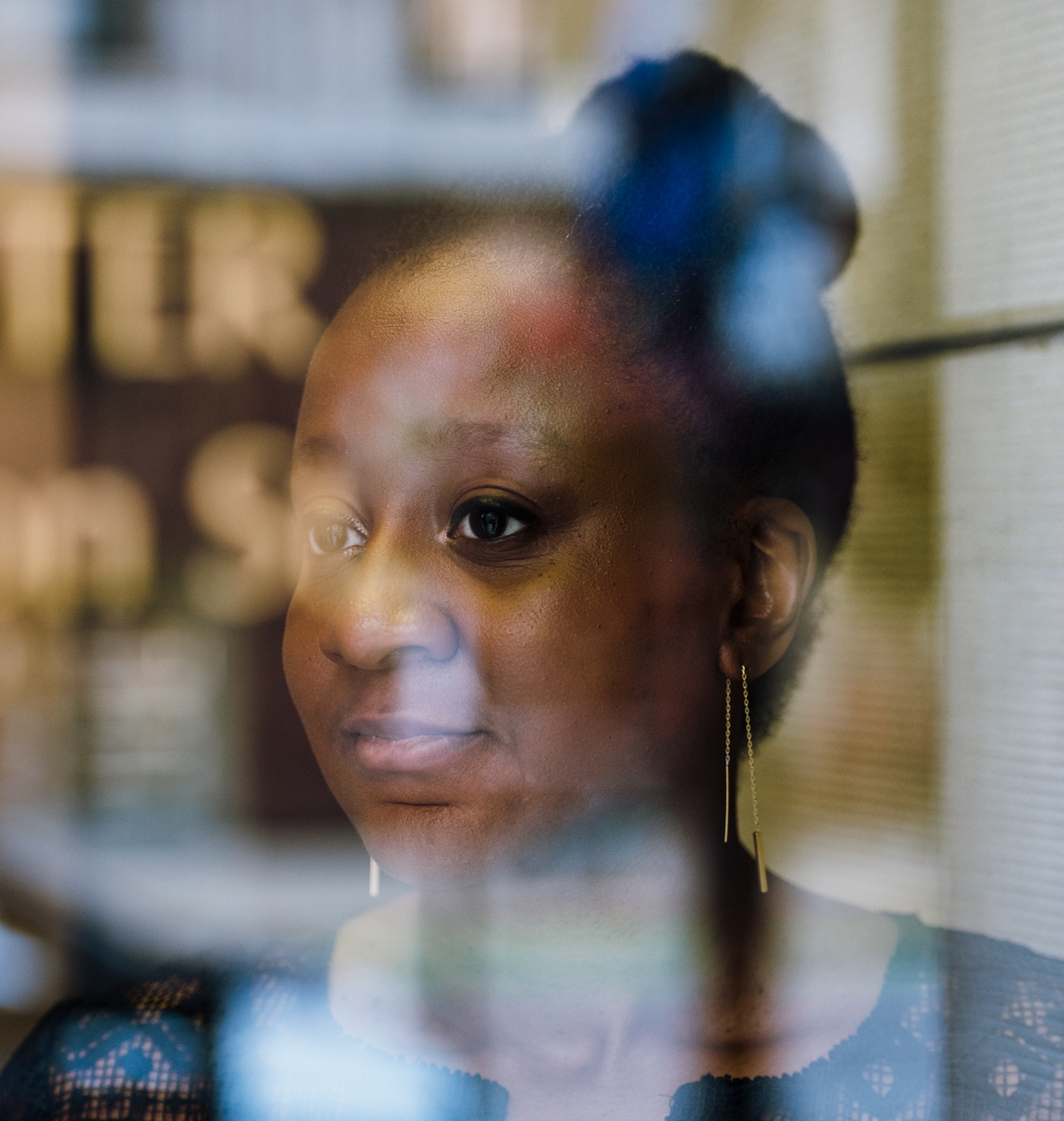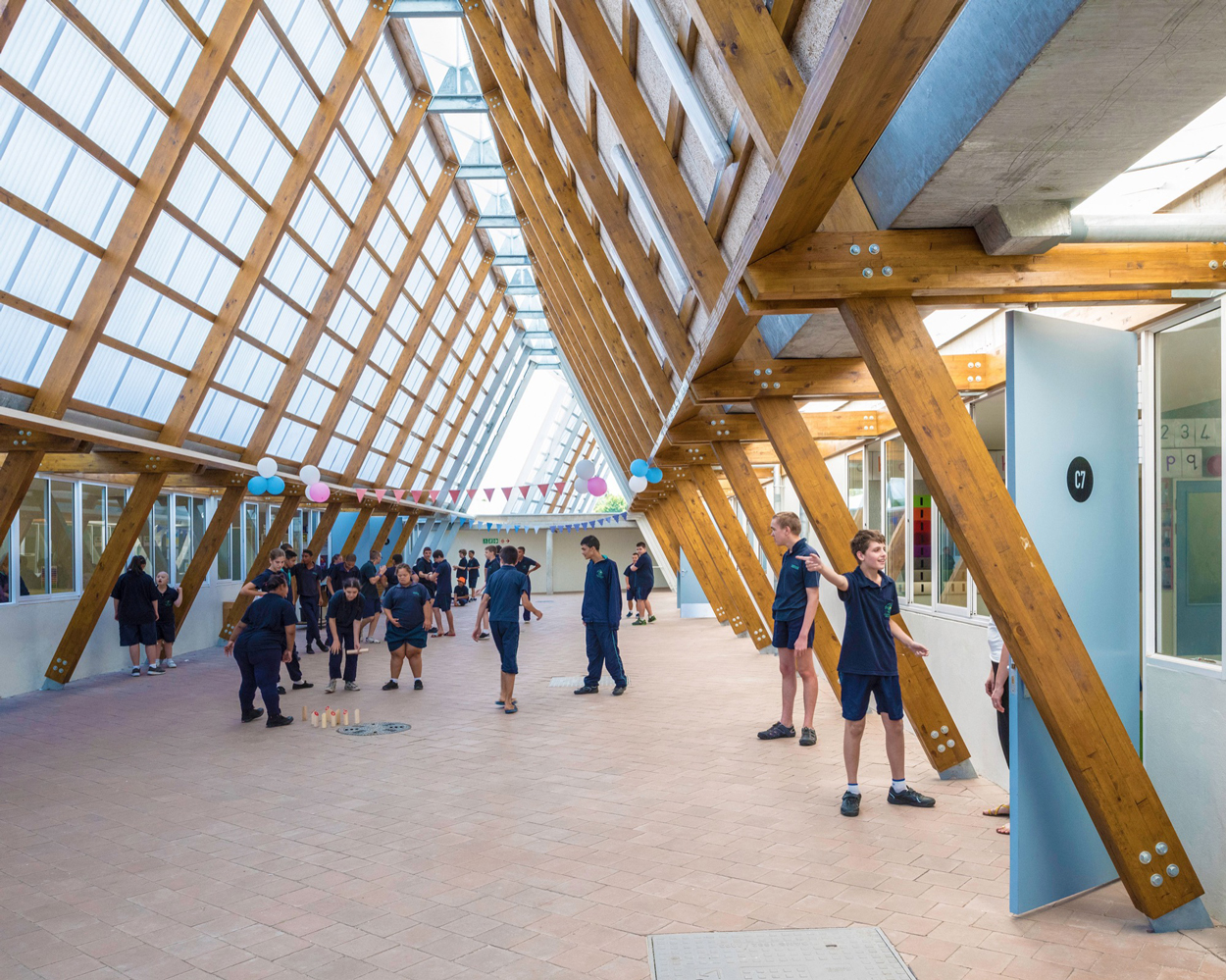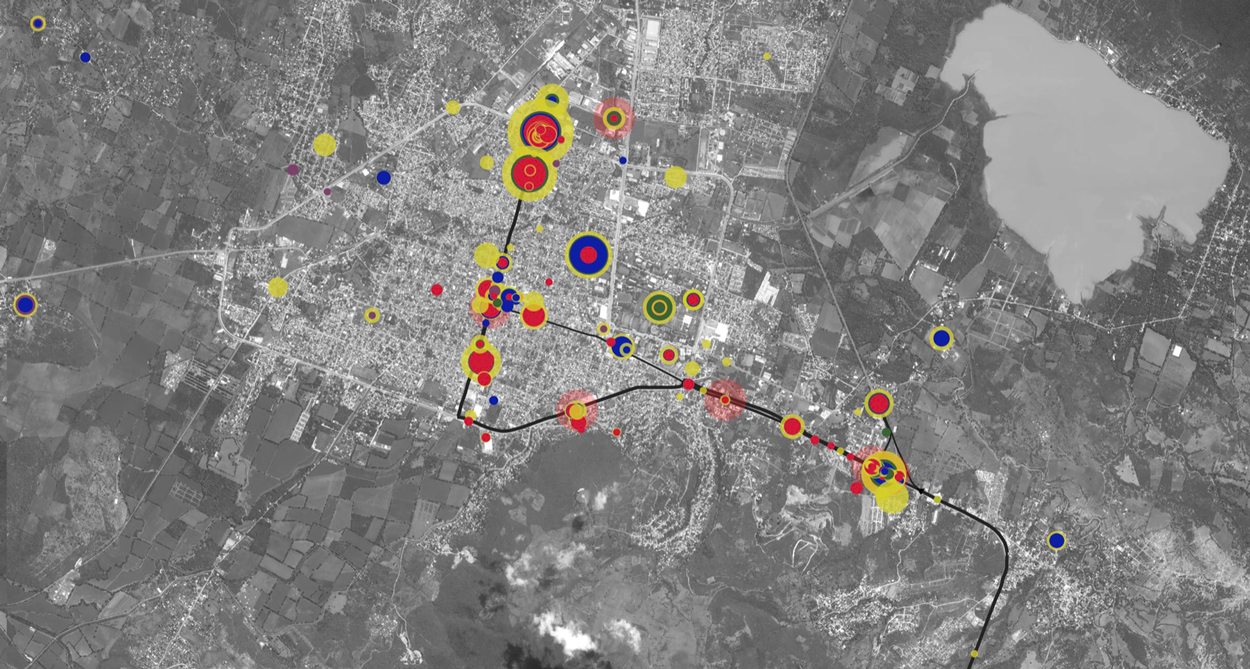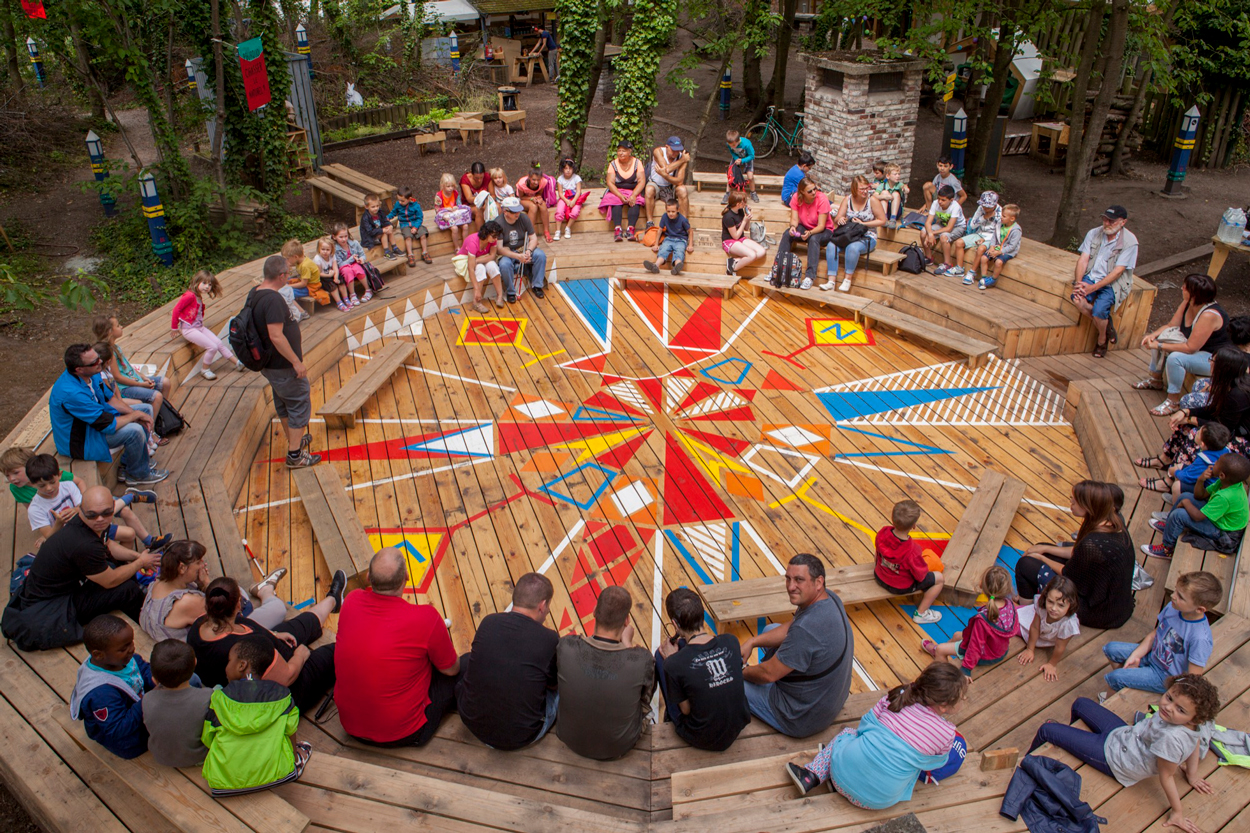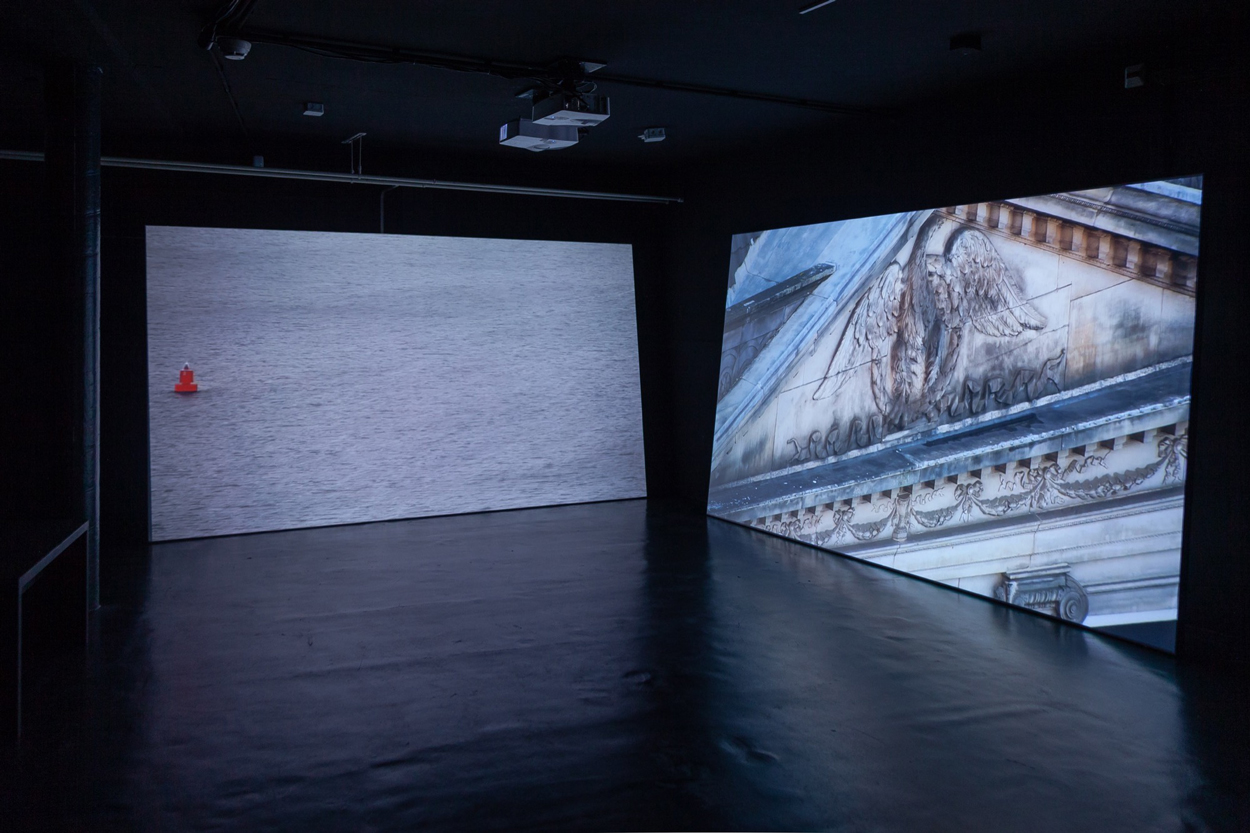Chicago is one of those rare American cities with a populace well-versed in architecture. Really: Ask any resident to identify a Frank Lloyd Wright or a Mies van der Rohe or a Louis Sullivan, and they’ll point to a square in the skyline or a neighborhood to the south or west. So it makes sense that during his tenure, Mayor Rahm Emanuel determined to nurture an architectural biennial and plant it in his own hyper-planned backyard. It is no surprise that in just a few short years it has grown to become the largest of its kind in North America.
The debut of the Chicago Architectural Biennial in 2015 focused on the possibilities and challenges that visionary global architects imagine and face, today and in the future. The second edition, in 2017, investigated Chicago’s architectural history and how the past has been both referenced and transformed by contemporary practitioners. Locals and the thousands of guests who have descended upon the Second City from mid-September through early January consider the event an essential, if still nascent, meeting point for people from around the world to explore new ideas centered on the built world and its environs.
This year will be different. For its third iteration, the board tapped Yesomi Umolu, the director-curator of the Logan Center for the Arts at the University of Chicago, as its artistic director. And she is dramatically broadening the definition of “architecture.”
A trained architect-turned-curator who has won numerous awards and coveted positions, including the 2016 Warhol Foundation for the Visual Arts’ Curatorial Fellowship, the Nigerian native considers the field’s obvious disciplines such as design, landscape architecture, and engineering, while also incorporating the myriad unexpected actors who together allow placemaking to happen. For this year’s theme, “…and other such stories,” Umolu welcomes into the fold public policy makers, social activists, real estate developers, artists, and researchers, among others, to allow for a comprehensive look at “the ways the built space reflects and impacts our understanding of the common, the collective, and the constitutional,” she says in the biennial’s opening salvo.
Umolu’s tactic is refreshing, relevant, and nearly limitless in its inclusivity. “When I was coming up through the architectural field, I was seeing people who were equally as excited about doing a pavilion as they were about a publication or a conversation. All of that is intrinsically part of what an architect’s work is,” says Umolu from her office on Chicago’s South Side. To bring together all the decision makers who ultimately define and shape cities, Umolu and her team selected partners who are, according to her, “making space and place.” Through research, investment in pre-existing or prospective projects, and collaborations with diverse groups from Sao Paulo, Vancouver, Johannesburg, and other international hubs, Umolu is hoping this year’s program can make an impact long after the scale models and stages come down mid-winter. “We are trying to open up the field and say that architects can intervene beyond the built world,” Umolu insists. “It’s a different approach to a traditional biennial. We are probing the underlying questions that are urgent to the urban experience and exploring how practitioners in the field are dealing with these issues right now.”
